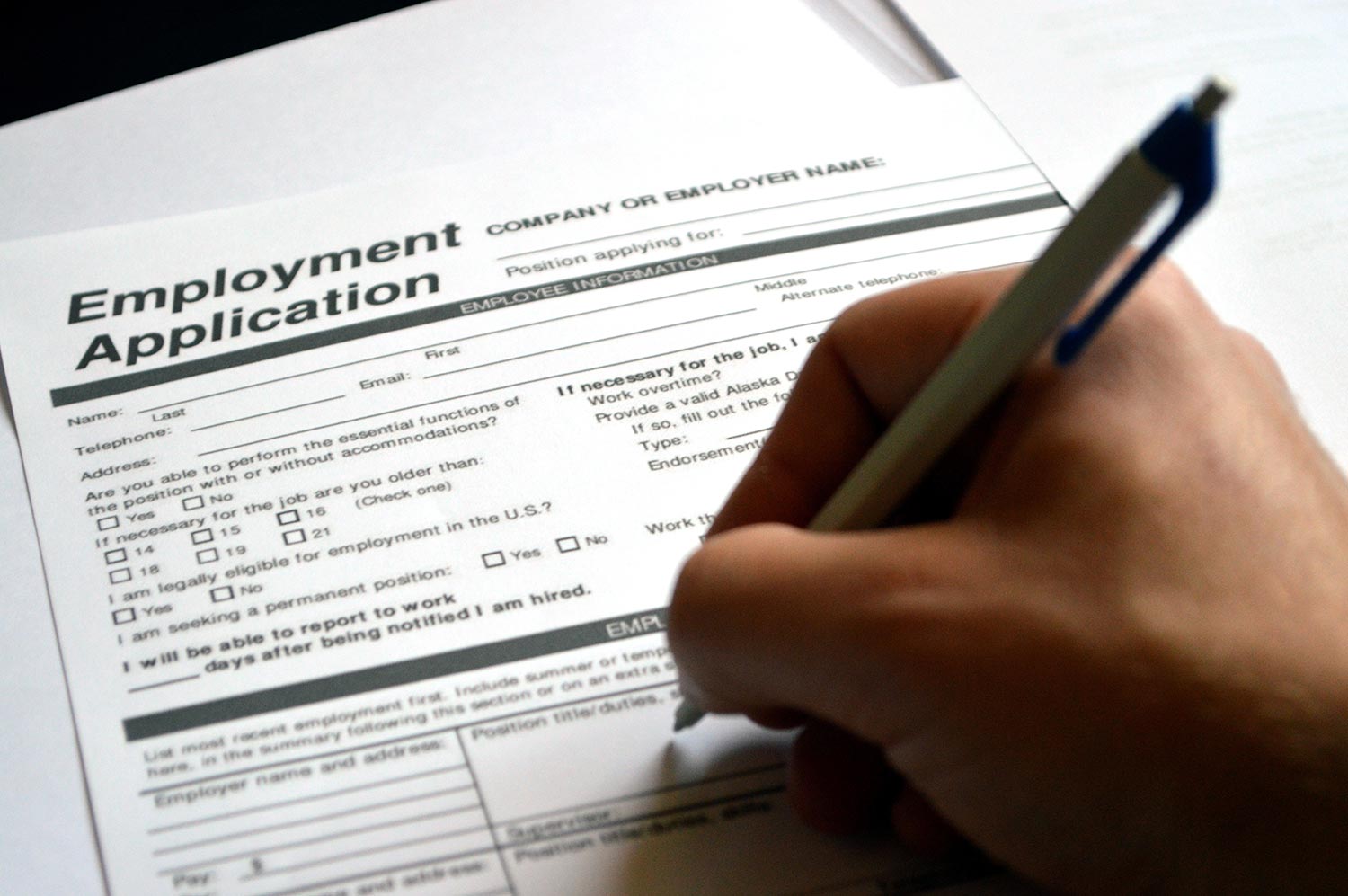How to fill in job application forms
For many roles, employers will ask that you fill in an application form instead of, or alongside submitting a CV.
Basic rules for filling in an application form
- Most forms come with instructions, make sure you read these closely and follow them carefully.
- Ensure that what you’re writing is clear and concise.
- Highlight your most relevant skills and abilities first and foremost.
- When answering questions, think about how what you’re going to write relates to the role that you are applying for.
- Proofread it yourself and then ask somebody else to have a second look in case you missed anything.
- Any questions not relevant to you? Write ‘N/A’.
- Download or print a copy of the application form for your own reference prior to the interview. Make sure both you and the interviewer are on the same page.
- Check the closing date and ensure that your application is submitted in time. Never leave it to the last minute!
Online application forms
Many employers now accept and even prefer online application forms. Often, these will require a registered account so that you can sign in and review your application once it’s submitted. If that’s the case, make sure that you register your email address and keep a note of your chosen password.
Some application forms are completed in sections that you can come back to before submitting. If this is the kind of application you’re presented with, take advantage of this opportunity and double check for spelling or factual errors. If you need to download then submit your application, use the spell check tool to ensure there are no mistakes.

Physical application forms
Some employers still ask applicants to fill out paper or ‘hard copy’ forms. If this is what you’ve been asked to complete, be sure to photocopy the application form and do a ‘trial run’. In doing so, you can help ensure there are no errors, guaranteeing that you won’t need to cross out any words or sections.
Challenging questions
In your employment history, there may be areas that you’ll find challenging to discuss on an application. Examples could include a role ending earlier than expected/quite abruptly or, potentially, gaps in your employment history. Be honest about any gaps in employment as you don’t want to get caught out at a later date. If the employer thinks these are important to discuss, they’ll raise it during the interview. When writing about the way a particular job has come to a conclusion, no matter how you feel, keep it concise and, if there’s room for expansion, stay positive about the role.
How to write a personal statement
Personal statements are your chance to expand on why you think you’re a good fit for the role, how you fit the essential criteria and how your skills, experience and knowledge make you the ideal candidate.
For a more clear, easily-digestible statement, provide an example for each of the ‘essential criteria’ points. Avoid stating only that you can do it and instead expand on how you do it as well as how it has applied to your most recent (or most relevant) role. If you don’t have the exact experience that they’re looking for, explain how similar experiences and skills could apply to the role you’re applying for.
Ensure that you’re as positive as possible throughout, both about your past experience and your current application. It’s vital to employers that you’re enthusiastic and motivated in what you do and, just as importantly, that you’re passionate about working for the company.
